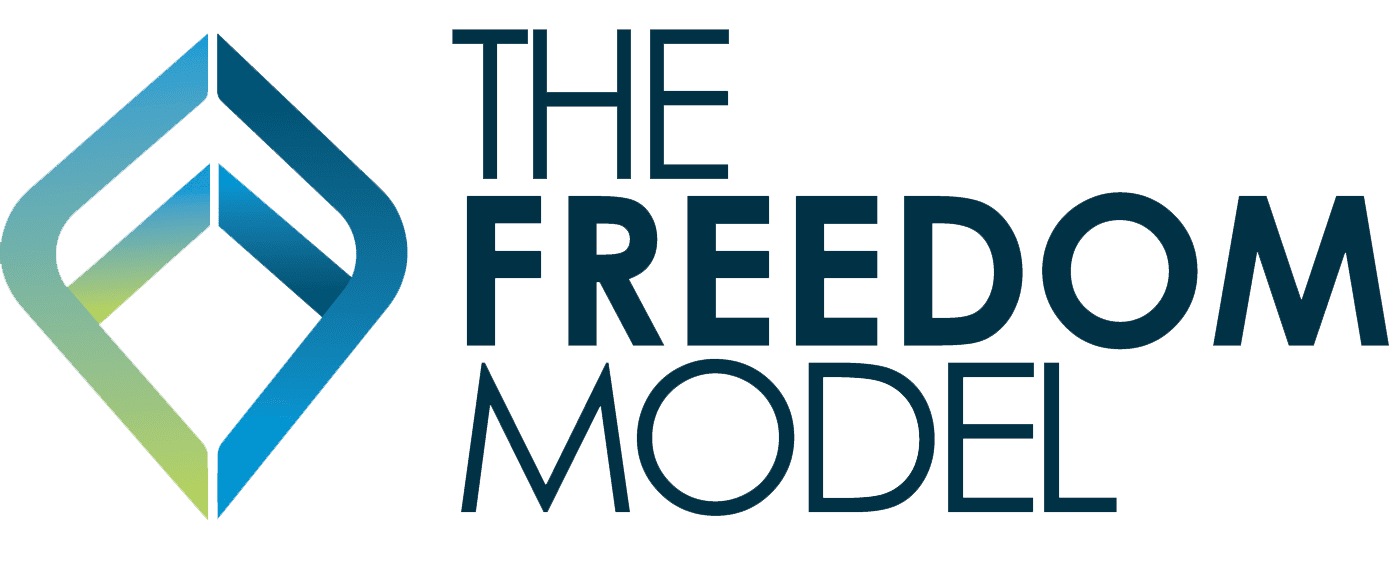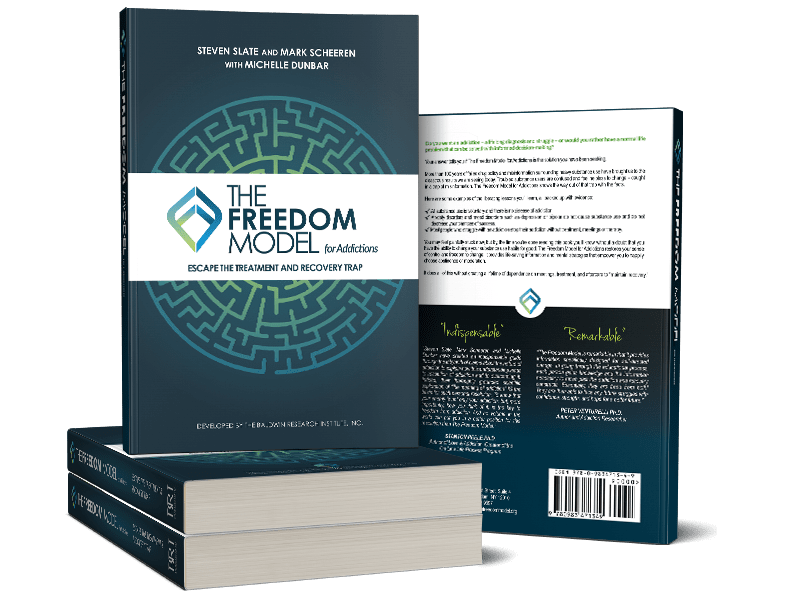You Asked, We Answered
Addiction Questions
How can you say that addiction is a “construct” when we know that dopamine is affected in the brain? Doesn’t the changes in dopamine and serotonin cause people to keep chasing the high?
Dopamine and serotonin levels are constantly changing. This is normal. If you scanned the brain of a race car driver when the flag goes green and the substance user when he gets his first drink or hit, the scans would be seemingly identical – yet there is no substance being ingested in the case of the race car driver. So what really causes the serotonin and dopamine levels to change are the mental experience – products of the mind which are then processed by brain tissue and the brain chemicals. Your mental preferences for substances are the cause of normal brain change and habit building – not the supposed inherent “addictiveness” of a substance. The Freedom Model for Addictions makes a similar point with food, a common example used by the “brain change” advocates. Take a look:
“Even with food, the picture is complex, and this is the example that comes closest to drugs because actual substances are going into our bodies when we eat. Much has been made of the role that sugar and fat plays in the enjoyment of food. In a report aired on 60 Minutes, a scientist brought Dr. Sanjay Gupta into a lab with an fMRI (functional magnetic resonance imaging) brain scanning machine, put a tube into his mouth that would deliver a sip of sugary soda, and scanned his brain. They then showed brain scans demonstrating that dopamine was triggered in the “pleasure center” of Dr. Gupta’s brain when he ingested the soda. The report used the word “euphoria,” compared sugar to cocaine, and said that it was “one of the most addictive substances we have.”
Here we see once again that pleasure is an inherent quality of a thing and, in this case especially, the parallels with substances have already been well drawn in the addiction-obsessed media. Using the same logic and research done on lab rats, later reports from Gupta said that Oreo cookies were “more addictive than cocaine,” as if both addictiveness and pleasure are one and the same and inherent properties of things. Richard DeGrandpre (2010) cut right through these simplistic notions in his tour de force on the magical, mythical view of drugs, The Cult of Pharmacology:
‘Consider another abused substance that involves dopamine: food. Drugs are not the only substances that affect the mesolimbic system. So are foods. The pleasure one receives from foods depends on various additional factors, including how hungry one is and whether one likes the food that he or she is eating. Physiological research has demonstrated this as well. In one study, when an animal was presented with food, researchers found neurons firing as a function of either the sight or taste of food, but with an important caveat: the neurons fired only when the animal was hungry. If pleasure were as simple as eating foods that triggered the release of dopamine, then one would never stop eating. The same notion applies more or less to drugs. Why should one expect cocaine to be pleasurable at all times or to all individuals when one would never expect this to hold true for even the most beloved foods, such as chocolate, ice cream, or pasta?’ [emphasis added]. (p. 189)
Don’t miss the point. Foods are supposedly inherently pleasurable because they contain “addictive ingredients,” such as sugar and fat, which go straight to the pleasure center of the brain. Yet, even in a creature as simple as a rat, these addictive ingredients don’t always produce pleasure. It should be common sense that if you had, for example, chocolate ice cream day after day, then eventually, it would cease to give the same pleasure. Not to mention the fact that while some other flavor of ice cream, such as bubblegum, might be filled with even more fat and sugar, you might find that eating bubblegum ice cream brings you no pleasure whatsoever.”


0 Comments